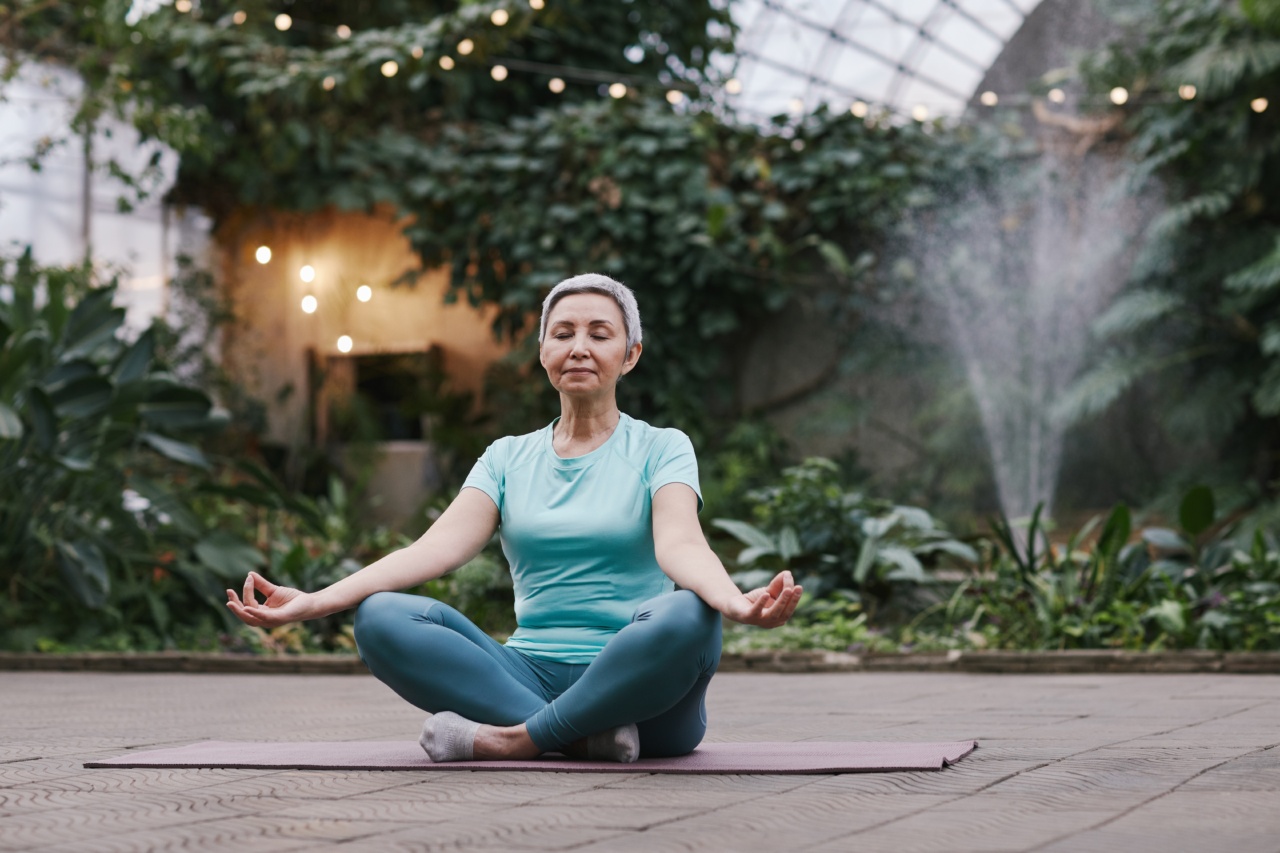Cultural dances have existed for thousands of years as a means of artistic expression, storytelling, and community celebration.
Apart from their cultural significance, these traditional dances offer a plethora of health benefits to individuals who take part in them. From physical fitness to emotional well-being, cultural dances have a profound impact on our overall health. In this article, we will explore the various positive effects of cultural dances on our bodies and minds.
1. Physical Fitness
One of the most evident benefits of participating in cultural dances is the improvement of physical fitness.
Dancing involves a wide range of movements, including jumps, twists, turns, and rhythmic steps that enhance cardiovascular endurance, strength, and flexibility. Regular practice of cultural dances can contribute to weight loss, increased muscle tone, improved coordination, and enhanced motor skills.
2. Stress Reduction
Cultural dances provide an outlet for individuals to release stress and tension accumulated from their everyday lives.
The rhythmic movements and uplifting music in these dances have a calming effect on the mind and body, helping to alleviate anxiety and promote relaxation. By engaging in cultural dances, individuals can experience a sense of liberation, rejuvenation, and freedom from the pressures of daily life.
3. Boosts Memory and Cognitive Skills
Participating in traditional cultural dances involves memorizing complex movements, sequences, and patterns. This constant mental stimulation strengthens memory and cognitive skills, improving focus, concentration, and overall brain function.
The repetitive nature of cultural dances can also enhance muscle memory, leading to better motor coordination and improved reflexes.
4. Social Interaction and Community Bonding
Cultural dances often involve group participation and interaction.
By joining dance classes or participating in cultural events, individuals have the opportunity to connect with like-minded people, forming strong social bonds and fostering a sense of belonging. The camaraderie and shared experiences during dance practices contribute to improved mental well-being, reduced feelings of isolation, and a greater sense of community.
5. Emotional Well-being
Dancing is known to be a powerful outlet for emotional expression. It allows individuals to convey various emotions such as joy, sorrow, love, or anger through movements and facial expressions.
Cultural dances provide a safe and cathartic space for individuals to process and release their emotions, leading to improved emotional well-being. By expressing emotions through dance, individuals may experience reduced anxiety, increased self-confidence, and improved self-esteem.
6. Cardiovascular Health and Endurance
The energetic nature of cultural dances often involves continuous movements that raise heart rate, increase blood circulation, and improve cardiovascular health.
Regular participation in these dances can lower the risk of cardiovascular diseases such as heart attacks, high blood pressure, and strokes. The repetitive nature of dance movements also improves endurance, leading to increased stamina and overall physical fitness.
7. Cultural Preservation
Engaging in cultural dances helps preserve and promote the traditions, customs, and heritage of different communities. By taking part in these dances, individuals gain a deeper understanding and appreciation of their own culture as well as others.
This cultural preservation enhances a sense of identity, belonging, and pride, which positively impacts mental health and overall well-being.
8. Improved Balance and Posture
Cultural dances often emphasize proper body alignment, balance, and posture. As individuals practice these dances, they develop core strength and stability, resulting in a better posture and reduced risk of musculoskeletal disorders.
The increased body awareness gained through cultural dances leads to improved overall balance, reducing the likelihood of falls and related injuries.
9. Enhanced Creativity
Cultural dances provide a platform for self-expression, creativity, and artistic exploration. As individuals learn and perform different dance styles, they are encouraged to embody the movements with their unique flair and interpretation.
This encourages imaginative thinking, boosts creativity, and fosters a greater appreciation for art and expression. The enhanced creativity from cultural dances resonates beyond dance itself and can positively impact other areas of life.
10. Increased Happiness and Well-being
Participating in cultural dances promotes a sense of joy, happiness, and overall well-being. The combination of physical movement, rhythm, and positive energy releases endorphins, the “feel-good” hormones, in the brain.
These endorphins elevate mood, reduce stress, and contribute to feelings of happiness and contentment.
In conclusion, cultural dances offer numerous positive effects on both our physical and mental well-being.
From improving physical fitness and cardiovascular health to reducing stress, enhancing cognitive skills, and fostering social connections, these dances have a multifaceted impact on our overall health. Engaging in cultural dances not only benefits individuals but also helps to preserve the rich heritage and traditions of diverse communities.































